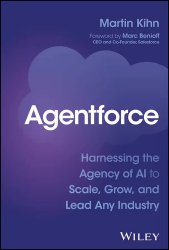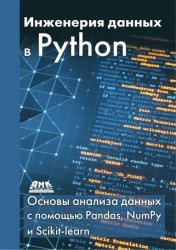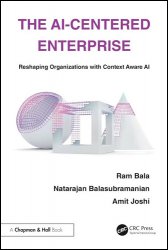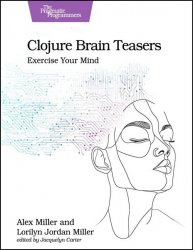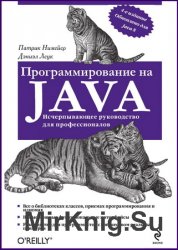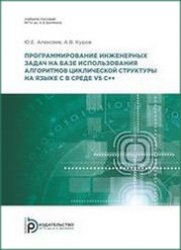 Название: Программирование инженерных задач на базе использования алгоритмов циклической структуры на языке C в среде VS C++. Модуль 2
Название: Программирование инженерных задач на базе использования алгоритмов циклической структуры на языке C в среде VS C++. Модуль 2Автор: Алексеев Ю. Е., Куров А. В.
Издательство: Москва
Год: 2019
Cтраниц: 134
Формат: pdf
Размер: 17 мб
Язык: русский
Приведены краткие теоретические сведения по организации программ циклической структуры на примере алгоритмов вычисления сумм, произведений, суммы бесконечного ряда, определенного интеграла, уточнения корней уравнений. Рассмотрена организация вложенных циклов, показано решение таких задач, как вычисление определенного интеграла с заданной точностью, поиск наибольшего (наименьшего) значения функции с требуемой точностью, обработка матриц, сортировка элементов массива.

